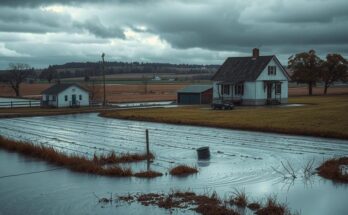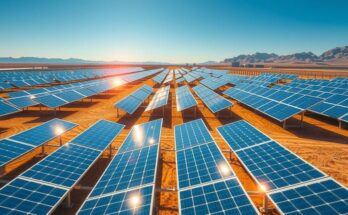The Safari Rally Kenya requires distinct modifications for participating vehicles due to its challenging terrain and weather. Key upgrades include snorkels for water crossings and raised suspensions for improved ground clearance. The event is set to feature 39 drivers and attract significant global viewership.
The Safari Rally Kenya, scheduled for this weekend in Naivasha, is unique on the World Rally Championship (WRC) calendar, necessitating significant visual and mechanical changes to the cars. These modifications are essential to endure the demanding racing conditions of Kenya, renowned for being one of the most challenging rallies globally. The event kicks off today (March 20) with a ceremonial flag-off by President William Ruto, followed by the Super Special Stage in Kasarani before proceeding to Naivasha in Nakuru County.
Competitors will face 384 competitive kilometers, marking the longest rally distance of the season, which encompasses difficult terrain, deep water crossings, and fast-paced sections. To prepare for these conditions, significant enhancements have been made to the cars.
One of the most visible additions is the snorkel, a raised air intake designed to allow the engine to breathe during water crossings. This element is vital in preventing water ingestion, which can stall the vehicle—a common issue given the unpredictable weather patterns in Kenya.
Additionally, the Safari Rally necessitates higher suspension compared to other events. The WRC has raised the cars’ suspension to cope with treacherous undulations, sharp ruts, and large rocks. It is crucial to strike a balance between ground clearance and stability, as the rally focuses not only on survival but also on achieving speed in fast-flowing sections.
Given that Safari Rally Kenya occurs in the high-altitude area around Naivasha, teams fine-tune engine maps to counteract the effects of thinner air, which results in reduced engine performance. Every ounce of power becomes critical as drivers navigate the stunning African landscapes.
The event has lured 39 competitors from around the globe and is expected to draw over 85 million viewers worldwide, with about 100,000 fans anticipated to attend in person. During the race, spectators can expect to see vehicles from notable brands including Toyota, Hyundai, and Ford.
Hyundai motorsport aims to end Toyota’s unbroken streak at the Safari since returning to WRC in 2021, featuring drivers Thierry Neuville, Ott Tänak, and Adrien Fourmaux in their i20 N Rally1 team. M-Sport Ford has also entered a trio of Puma Rally1 cars driven by Grégoire Munster, Josh McErlean, and Jourdan Serderidis. In the WRC2 category, reigning champion Oliver Solberg leads in a Toyota GR Yaris Rally2 with Kajetan Kajetanowicz debuting a similar vehicle.
The Safari Rally Kenya represents a unique challenge within the WRC, necessitating significant modifications to vehicles in order to navigate its demanding conditions. Key enhancements such as snorkels and elevated suspensions are essential for adaptation to the unpredictable terrain and high altitude. The event not only attracts a diverse field of competitors but also garners substantial global attention, further emphasizing its significance in the motorsport calendar.
Original Source: www.the-star.co.ke




